Home, Search, Index, Links, Pathology, Molecules, Syndromes,
Muscle, NMJ, Nerve, Spinal, Ataxia, Antibody & Biopsy, Patient Info
|
Home, Search, Index, Links, Pathology, Molecules, Syndromes, Muscle, NMJ, Nerve, Spinal, Ataxia, Antibody & Biopsy, Patient Info |
|
General principles Protease classes Autophagy Chaperones Cysteine Ferroptosis Lysosomal Metalloproteinases Mitochondrial Muscle Serine Ubiquitin-Proteasome Also see Apoptosis Caspases |
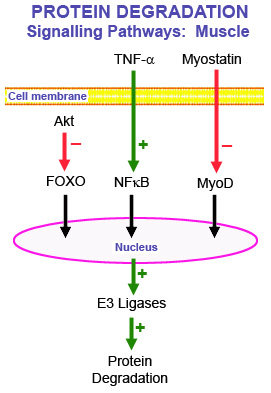
|

| PROTEOLYSIS: DISEASE & REGULATORY MECHANISMS | |
| Disease or regulatory mechanism | Example |
| ↓ Proteolytic activation of enzyme | Factor IX Chapel Hill
|
| ↓ Proteolytic inactivation of enzyme | Factor V Leiden
|
| ↑ Protein expression 2° stabilized mRNA | Hyperprothrombinemia
|
| ↓ Enzyme activity; Disulfide bond Δ | Factor VII
|
| ↓ Enzyme activity; Loss of highly conserved arginine | Limb Girdle MD 2A
|
| ↓ Enzyme activity; Structural change near catalytic cysteine | Pycnodysostosis
|
| Altered protein folding | Cystic fibrosis
|
| Chaperone disorder | Desmin myopathy
|
| Gene promoter inactivation | Myoclonus-Epilepsy
|
| Docking site change on cysteine protease inhibitor | Myoclonus-Epilepsy
|
| Deletion of binding site for ubiquitination enzymes | Liddle syndrome
|
| Degranulation from immune cells | MMP-9: IL8 effect on neutrophils |
| Glycosylation | N-linked sugars ↓ serine protease activity |
| Response to inflammation | ↑ matrilysin & gelatinase B in GBS nerves |
| Autophagy | |
| Extracellular proteolysis in demyelinating disorders: Mechanisms | |
| Proteolysis of myelin proteins | Myelin degradation |
| Generation of remnant antigens | ↓ Tolerance |
| Proteolysis of basement membrane | Blood-brain barrier damage |
| Proteolysis of extracellular matrix | ↑ Cell migration |
| ↑ Cytokine activation from precursors | ↑ Inflammation |
| Proteolytic activation of zymogens | ↑ Proteolysis |
| Proteolysis of cell surface molecules | Cell death |
|
Classes of proteases Degradation pathway Diagrams Diseases Related cellular processes |
Ubiquitination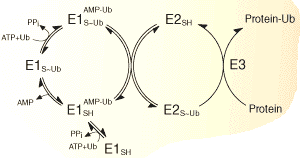
|
26S Proteasome
|
|
End products Large 26S proteasome Overall process Ubiquitin Ubiquitin binding process |
| ||||||||||||||||||||||||||||||||||||||||
|
MB1: May confer trypsin & chymotrypsin-like activity Inhibited by lactacystin Z: May cleave behind large amino acid residues δ: Peptidylglutamyl-peptide hydrolase (caspase-like) activity Other associated β subunits: LMP7; LMP2; MECL1 γ-interferon inducible |
||||||||||||||||||||||||||||||||||||||||
|
Chaperones Disorders Protein Folding |
|
General Chaperone-mediated Macroautophagy Secretory Disorders Vacuoles |
|
|
||||
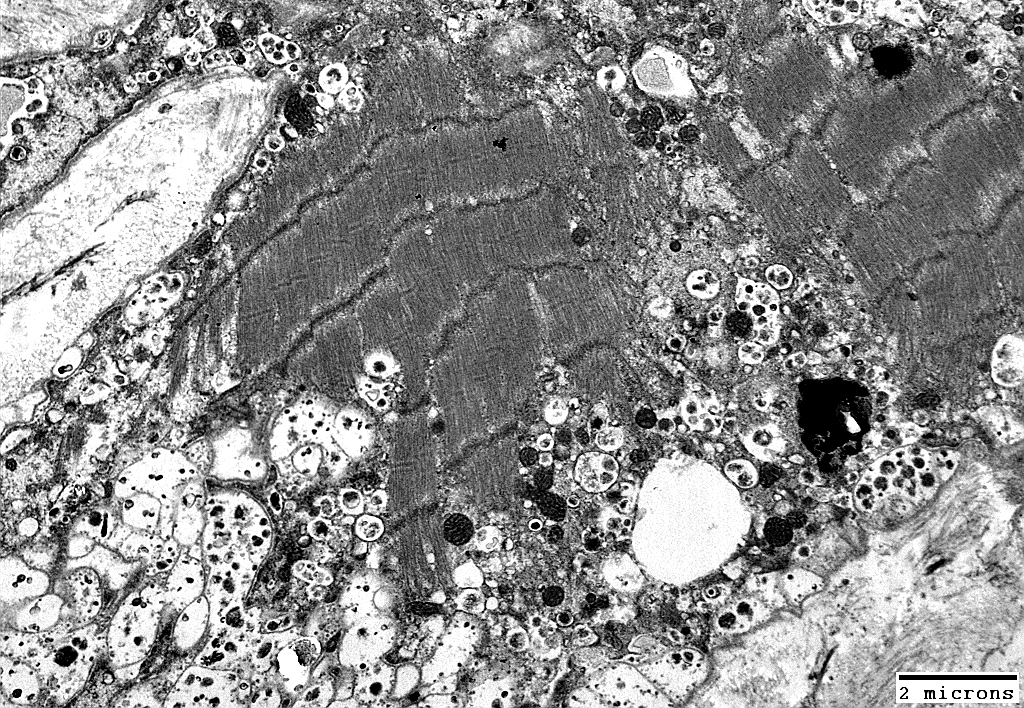 From: R Schmidt |
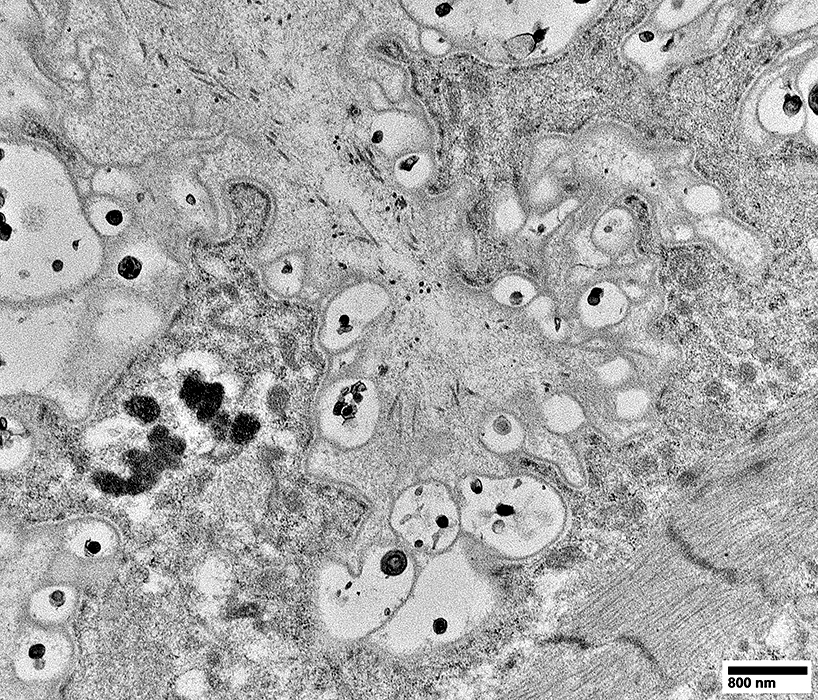 From: R Schmidt |
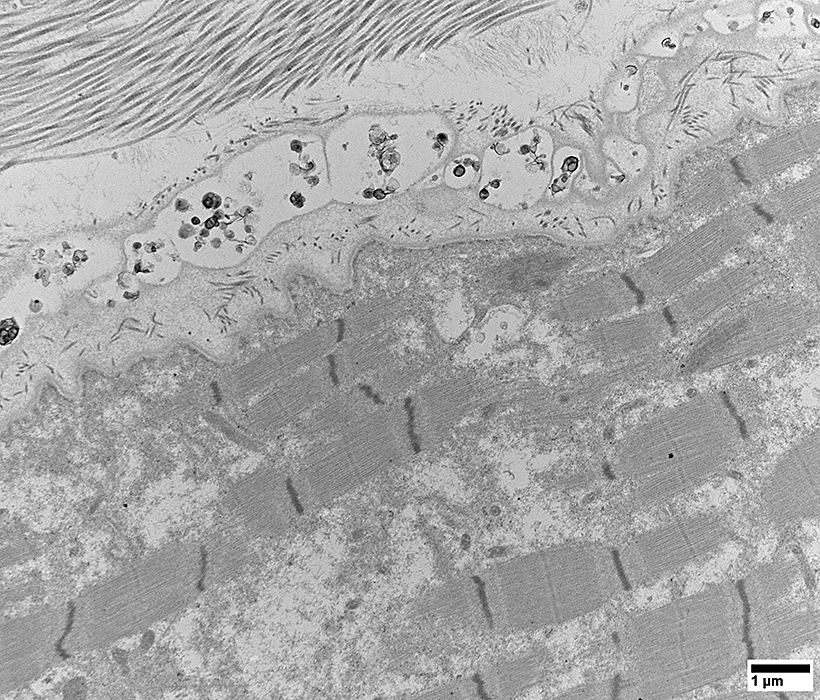 From: R Schmidt |
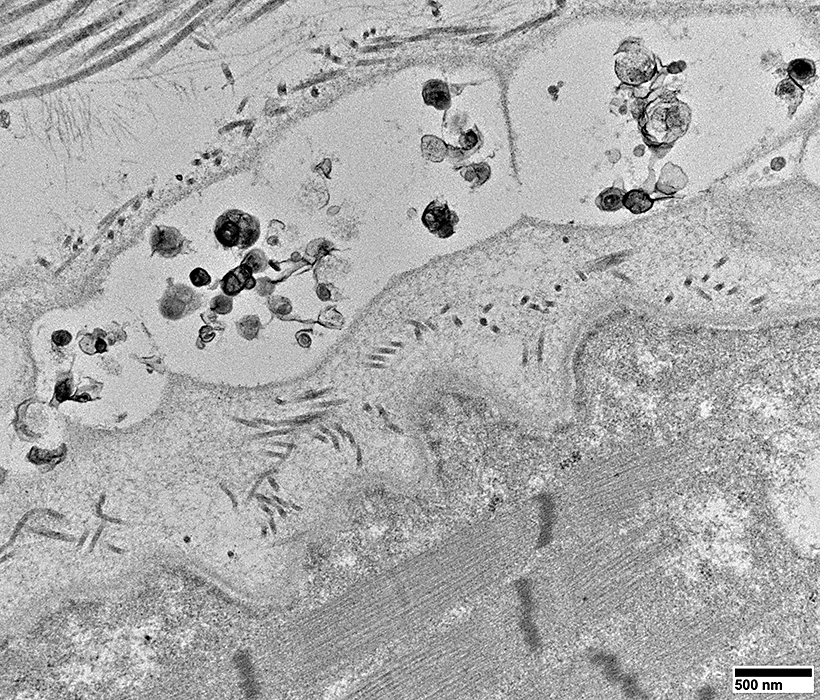 From: R Schmidt |